Affiliate links on Android Authority may earn us a commission. Learn more.
Huawei’s decline is the worst thing that could’ve happened to Samsung and Android
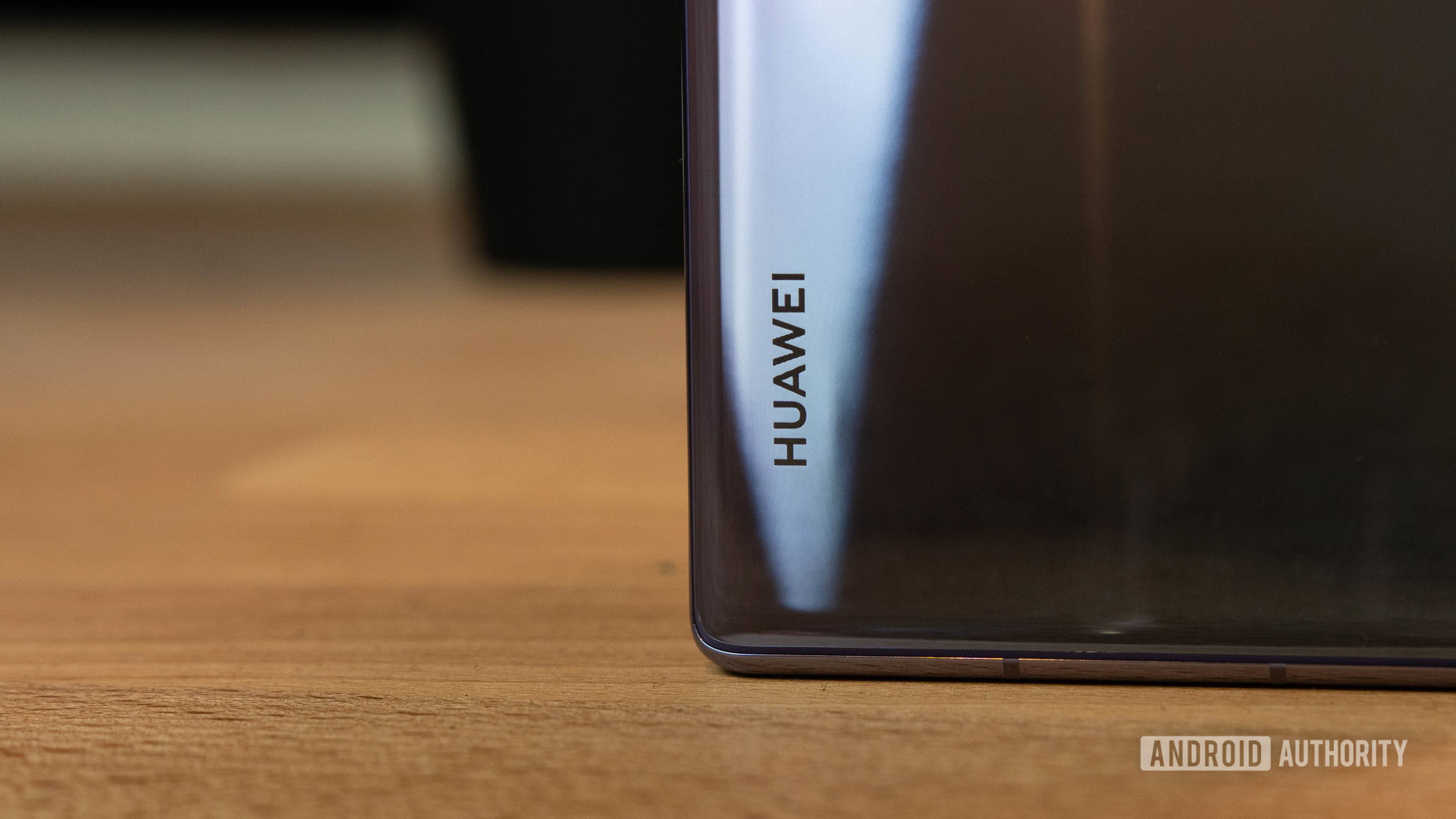
HUAWEI has been subject to a US trade ban for over four years now, resulting in the company losing access to key hardware suppliers, Google services, 5G connectivity (until recently), and more.
One major side-effect is that HUAWEI has tumbled from its number two position globally. The sanctions and HUAWEI’s subsequent decline haven’t only affected the Chinese brand, though. Regardless of how you feel about the ban, it’s also adversely affected the rest of the industry’s high-end offerings. The lack of fierce competition has allowed major players like Samsung to become complacent.
Do you think Samsung has become lazy without a strong HUAWEI?
HUAWEI and Samsung pushed each other to do better
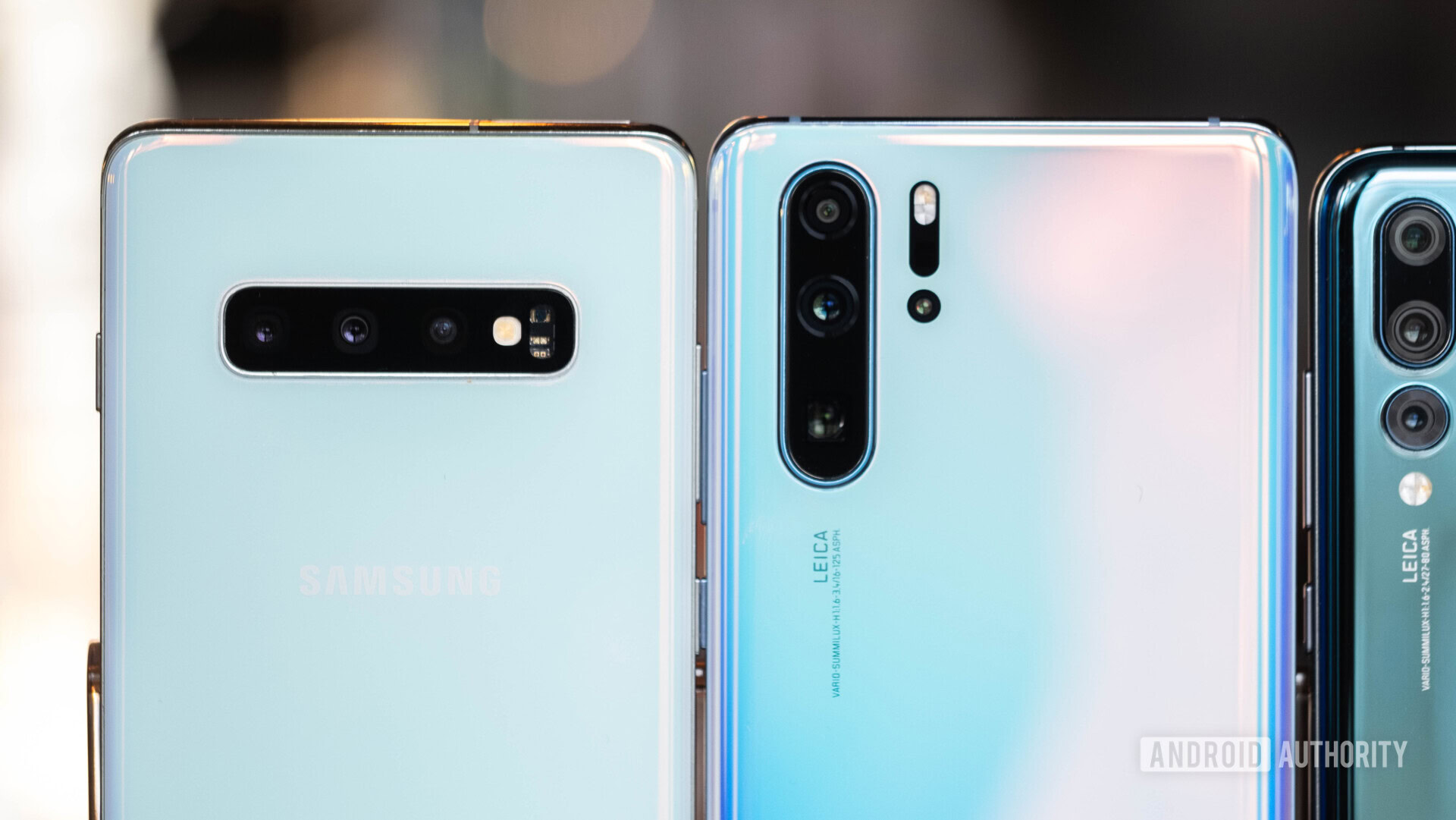
HUAWEI was Samsung’s biggest rival prior to the US trade ban, the two companies duked it out across a number of high-end products. Samsung’s Galaxy S series was pitted against the HUAWEI P series, and the Galaxy Note range slugged it out with the Mate series. The two companies were also part of the first wave of foldable phones back in 2019.
I’d go so far as to say that HUAWEI was the more exciting flagship phone manufacturer prior to US sanctions. 2018’s P20 Pro was a more innovative, feature-packed handset than the Galaxy S9 and S9 Plus. I still maintain that the Mate 20 Pro, with its flexible triple camera and speedy charging, was more compelling than the conservative Galaxy Note 9.
HUAWEI and Samsung frequently went toe-to-toe in the premium space prior to 2019's trade ban.
Fast-forward to 2024, and it feels like Samsung has slacked off without a full-strength HUAWEI to keep it honest. This is despite our warning back in 2019 that the Korean brand can’t afford to be complacent. The Galaxy S24 series feels like a retread of the Galaxy S23 line, which in turn was a small upgrade over the S22 range. Samsung’s recent foldables haven’t changed much since 2021, with the exception of the Galaxy Z Flip 5. You really have to wonder what the Galaxy maker would be doing if it had to contend with a no-compromise P60 Pro or Mate X5 foldable.
Speaking of the Mate X5, it seems like HUAWEI’s influence is still felt by Samsung even if the Chinese brand isn’t in a position to seriously challenge it. A Korean outlet reported that Samsung employees had actually reverse-engineered the Mate X5 in order to learn how HUAWEI squeezed a big battery into such a slim form factor.
Android is a little duller without HUAWEI
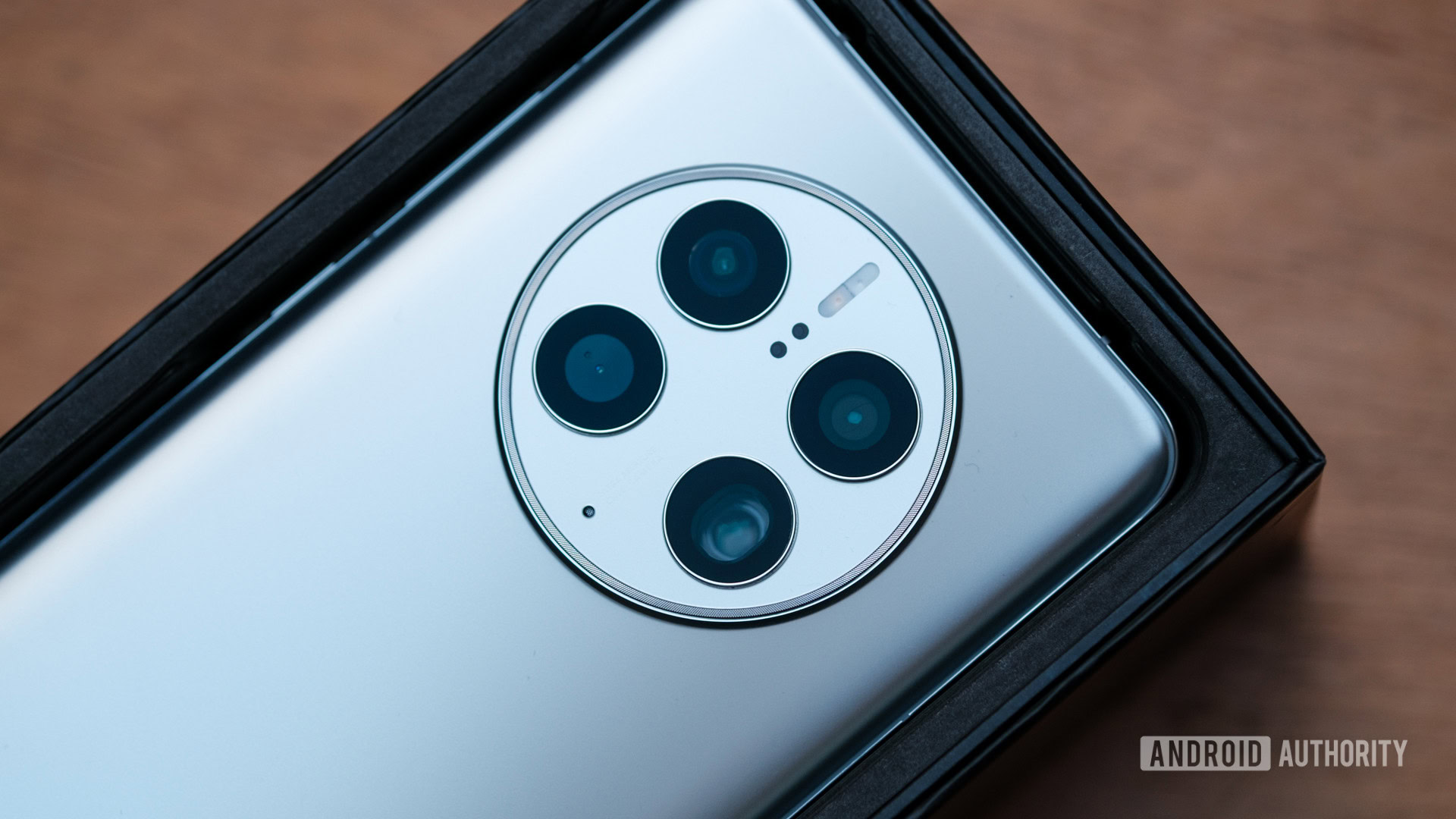
It’s not just Samsung that’s been adversely affected by HUAWEI’s downturn, but the high-end Android landscape too. HUAWEI enjoyed sharp growth in the years prior to the trade ban, grabbing second place from Apple and building a huge gap between it and the iPhone maker. The manufacturer even set a goal to pass Samsung for number one status.
Then the trade ban happened, and HUAWEI’s market share slid, albeit briefly achieving number one status due to the timing of Covid. This leaves us with the current state of affairs; Apple surpassed Samsung for the first time in a decade to be the top smartphone maker of 2023.
It's hard to argue that the Android ecosystem wouldn't be significantly healthier if HUAWEI was still a major global player.
Now, there are significant reasons for Apple’s climb up the charts, such as a strong US market driven by young people and iMessage. But HUAWEI was clearly on an upward trajectory and pulling away from Apple before the sanctions. That doesn’t mean the Chinese brand would’ve been a strong number one in 2024, but it would’ve certainly been a stiff challenge for Apple to overcome.
After all, this was the first smartphone brand to offer many features that are now considered flagship staples. Night mode, AI silicon in a smartphone chipset, a 10x camera in a conventional form factor, and reverse wireless charging, HUAWEI offered all that years ago. The company was also a pioneer of mobile camera quality, as the first to offer today’s flexible triple rear camera setups, a periscope camera, an RYYB camera sensor for improved low-light performance, and a monochrome camera. It’s hard to argue that the Android ecosystem wouldn’t be significantly healthier if HUAWEI was still a major global player.
How have rival brands responded?
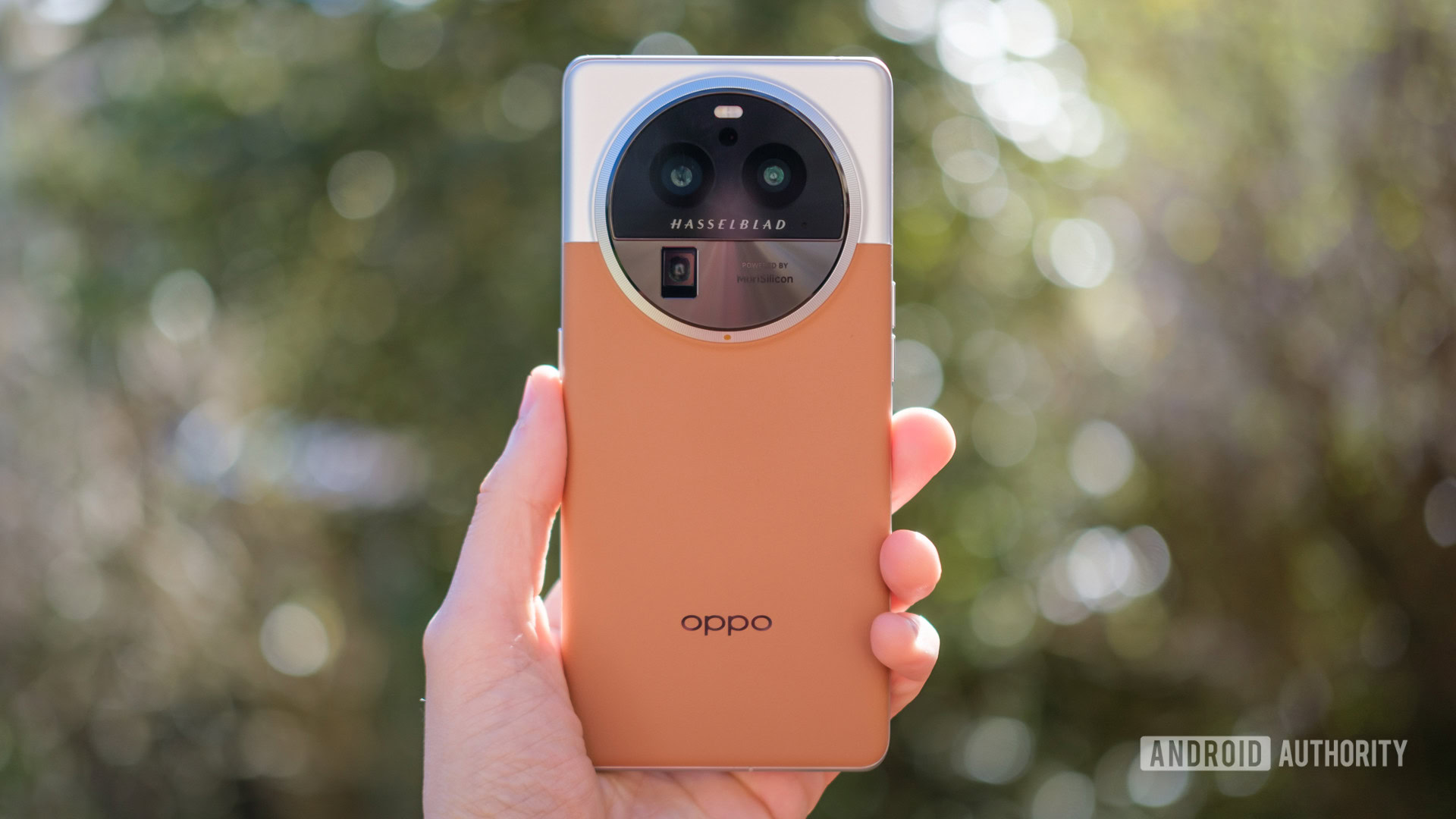
Don’t get me wrong, high-end Android phones have improved in many ways in recent years. Samsung and Google are leading the pack with seven years of software updates, OPPO and Xiaomi deliver cutting-edge camera experiences, and Sony continues to offer an unparalleled approach to enthusiast-level photography.
Then there are the specific innovations we’ve seen from flagship Android phones in the last few years. A camera sensor arms race culminated in Xiaomi and Sony’s one-inch IMX989, Google debuted generative AI editing on the Pixel 8 series, Samsung’s ever-expanding Good Lock modules brought an unprecedented level of intuitive customization, and BBK brands offer batteries that can last longer than ever. We’ve also witnessed the evolution of foldable phones to today’s nearly crease-free, water-resistant phones.
Despite all these innovations, rival manufacturers have had varying degrees of success in replacing HUAWEI in stores and with carriers.
Have any Android smartphone manufacturers truly picked up the premium baton dropped by HUAWEI?
Xiaomi was arguably the biggest beneficiary of this situation. The company is consistently the third-most popular brand in global shipments, primarily due to the success of its budget phones. However, according to Counterpoint Research, Xiaomi is still behind HUAWEI in the premium ($600 and higher) segment. Xiaomi accounted for just 2% of all premium phones shipped in 2023 versus HUAWEI’s 5% (primarily due to HUAWEI’s performance in China). This is despite Xiaomi’s attempts to turn mainline flagships into full-blown premium offerings and the introduction of the hyper-premium Ultra series.
OPPO and vivo are two other brands that should’ve benefited from this situation. Indeed, OPPO was in fourth place globally for 2023 shipments. Both brands offer some enticing premium phones too, but vivo’s clumsy global launch strategies and OPPO’s European sales ban mean consumers outside China have been deprived of many solid high-end choices. It also doesn’t help that these companies only offer their mid-range phones in some markets.
One beneficiary that’s largely gone under the radar until now has been HONOR. The former HUAWEI sub-brand was spun off in 2020, and it’s generally stuck close to the HUAWEI formula in terms of software and hardware. The company hasn’t broken into the top five globally. Still, it’s made major strides in the likes of China (second in 2023), South Africa (second in Q3 2023), and several Middle Eastern countries (5th in Kuwait, Saudi Arabia, UAE). But it’s far too early to tell whether HONOR can sustain this growth and truly pick up where HUAWEI left off.
A gap that hasn’t been truly filled just yet
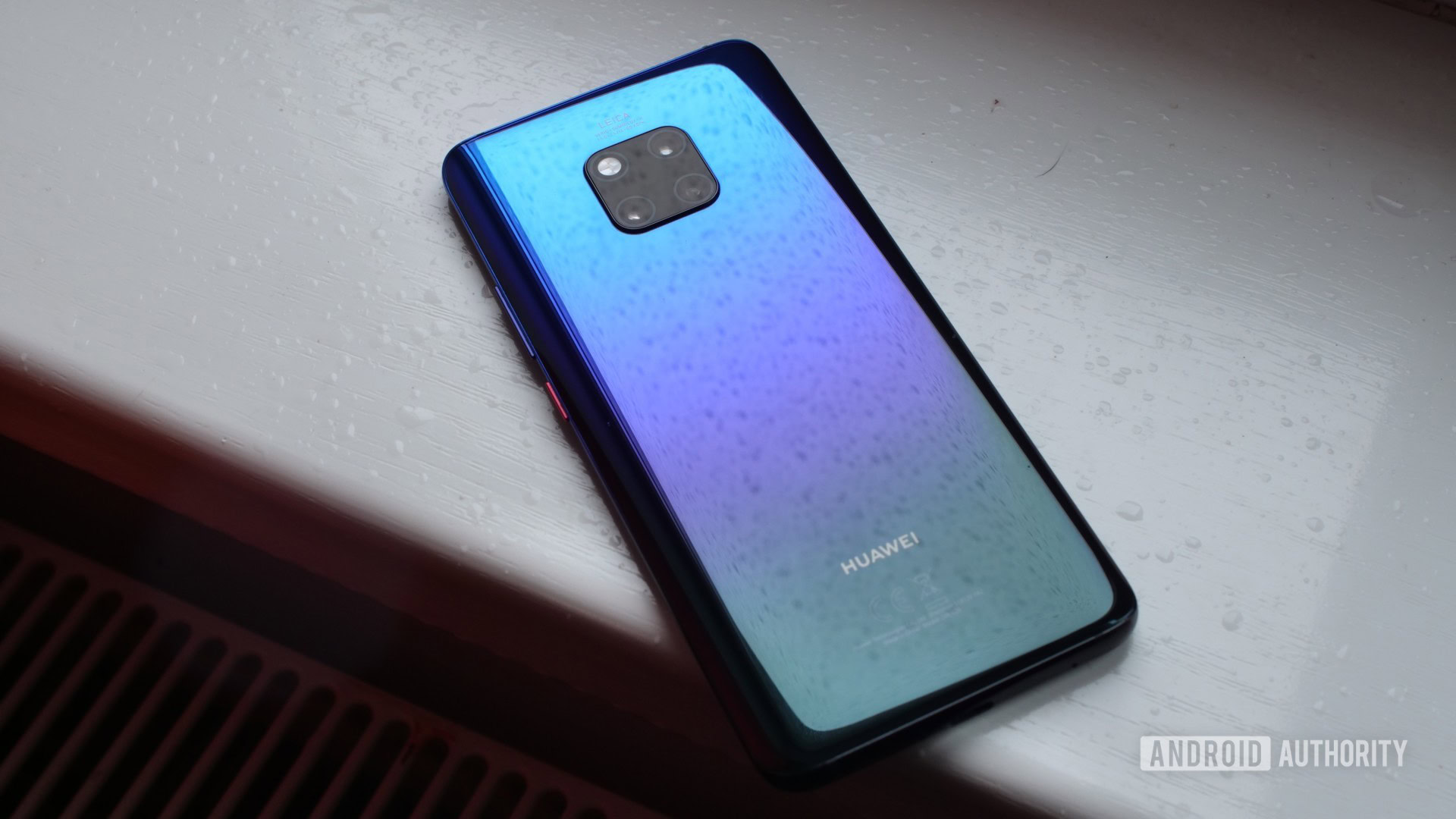
Setting aside the arguments for and against a HUAWEI ban, the sanctions have unfortunately contributed to a complacent Samsung. It’s also evident that other flagship phone brands haven’t quite managed to fit into HUAWEI’s expensive shoes.
This in turn has opened the door for Apple to grab the number one spot globally. Let’s hope Apple’s performance forces Samsung and other manufacturers to pull out all the stops and make flagship phones exciting again. Because despite the company’s impressive tenacity in tough times, HUAWEI sure as hell isn’t in a position to challenge Apple anymore.